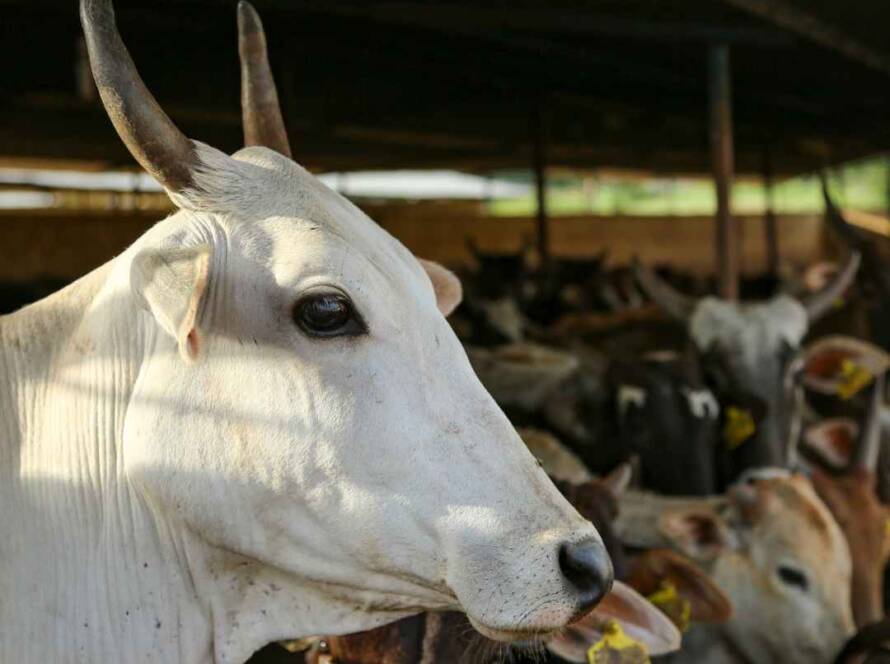More than 70% of India’s population resides in rural areas, encompassing cultivator households, agricultural worker households, and rural non-farm households. These households react to various market-related factors:
- Cultivator Households: They adapt to price changes for the commodities they produce and are influenced by the introduction of new technologies, especially high-yielding or modern crop varieties. The adoption of these technologies depends on their experimentation and evaluation.
- Public Goods: Rural households, both farm and non-farm, are influenced by the provision of public goods like health and schooling services. This affects health outcomes and investments in children’s education.
- Employment Opportunities: A significant response mechanism for rural households is their reaction to non-farm employment opportunities. These opportunities can be in rural areas, leading to rural-rural migration, or in urban centers, resulting in rural-urban migration.
Farm prices have generally declined in global commodity markets over the past 50 years. Total Factor Productivity (TFP) growth in agriculture varies across countries. In some developing nations, including India, there has been TFP growth in both agriculture and industry.
Industrialization and Rural Development: Post-independence in 1947, India adopted an “industry primacy” development philosophy. However, the importance of food production was recognized in the late 1950s and 1960s, leading to the Green Revolution. After economic reforms in 1991, there have been notable changes in rural development in India. Poverty ratios have decreased, but regional disparities have grown.
Migration and Employment: Migration and off-farm employment are significant for rural households. Migration trends during the reform period show a decline for males in both rural and urban areas. Economic reasons for migration vary, with poverty being less of a factor for male migration in both rural and urban settings.
Thought-Provoking Questions/Insights:
- Adoption of New Technologies: How can the introduction and adoption of new agricultural technologies be made more efficient and widespread among rural households in India?
- Addressing Regional Disparities: What strategies can be implemented to address the growing regional disparities in rural development and poverty reduction?
- Migration Patterns: How can the government and policymakers address the migration trends to ensure balanced growth and development across rural and urban areas?


